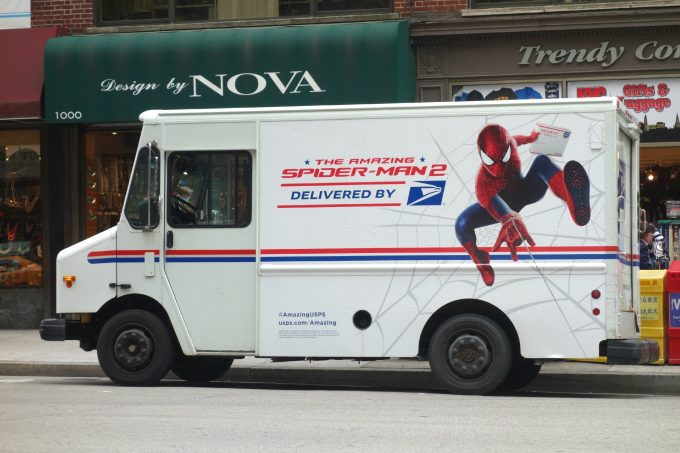Truckers face a serious threat as large shippers develop networks
Amazon and Walmart are poised to disrupt the trucking industry, and more large shippers may ...

The growth of e-commerce appears impervious to the ravages of inflation or supply chain disruption, and is expected to continue growing over the coming years.
While predictions for freight growth have been scaled back, parcel traffic is expected to grow between 5% and 10% a year through to 2027, according to analysis from global parcel shipping and mailing company Pitney Bowes.
The Pitney Bowes Parcel Shipping Index shows parcel volume in the US increased 6% last year to a record 21.5bn shipments. ...
Transpacific sees first major MSC blanks as rates fall and volumes falter
'It’s healthy competition' Maersk tells forwarders bidding for same business
White House confirms automotive tariffs – 'a disaster for the industry'
New price hikes may slow ocean spot rate slide – but for how long?
Shippers snap up airfreight capacity to US ahead of tariff deadline
Supply chain delays expected after earthquake hits Myanmar
Tighter EU import requirements proving 'a challenge' for forwarders

Comment on this article